Then one weekend in 2013 a pair of cave explorers stumbled across a collection of bones in a cavern deep inside the Rising Star cave, which turned out to be one of the greatest fossil finds ever made on the African continent.
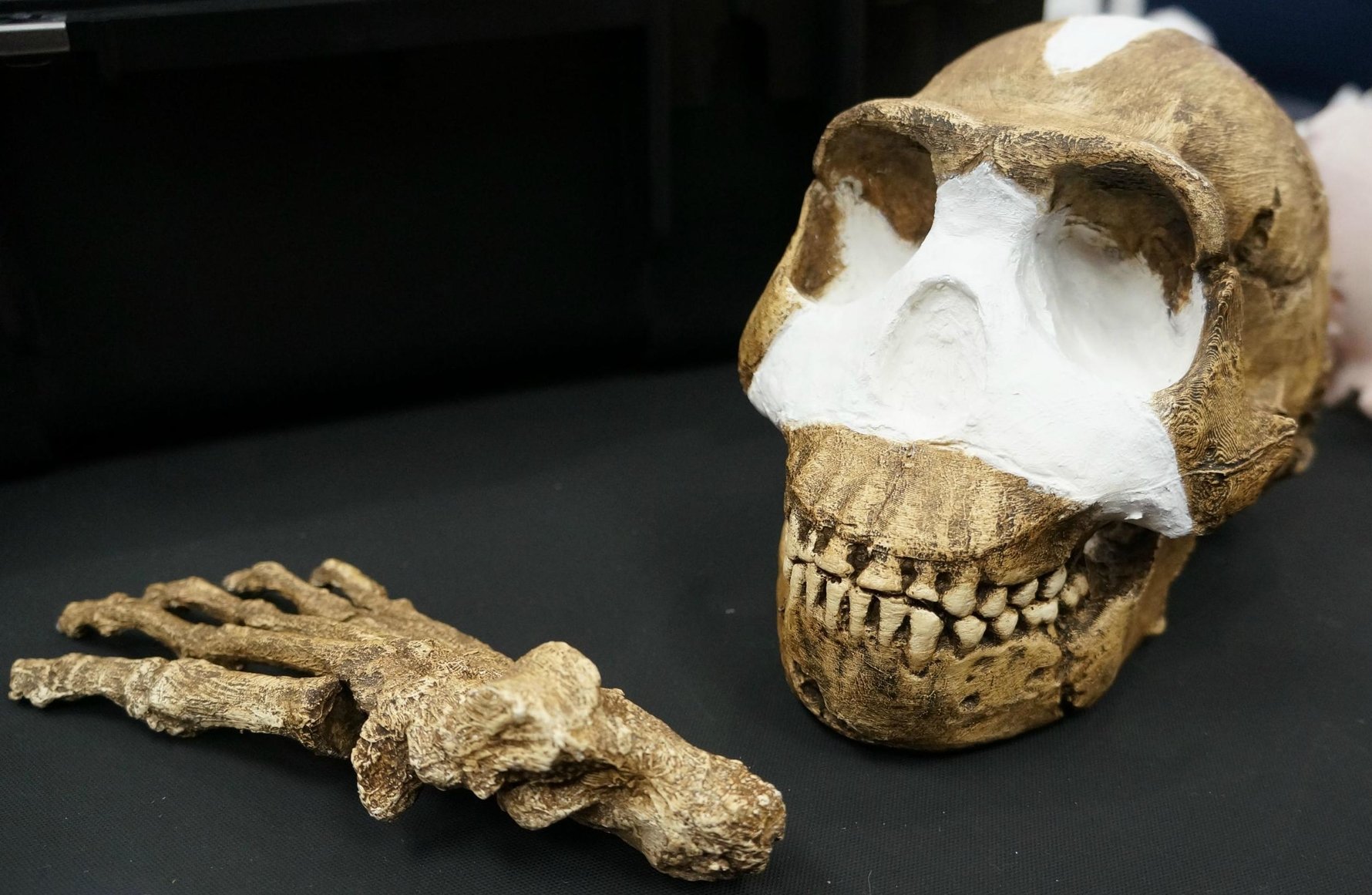
A crack team of scientists and palaeontologists from universities across the world was assembled and the pain-staking process of safely extracting the fossils began. Every day for 21 days an all-female crew of so-called 'underground astronauts', chosen both for their scientific experience and their ability to traverse cave tunnels which in places are as narrow as 17.5cm, travelled into the cave system to uncover the 'fossil jackpot'. What awaited the team in the Rising Star cave was unprecedented – a collection of 15 partial skeletons belonging to a never-before-seen hominid species which has been christened 'homo naledi'.
The extraordinary find was revealed to the world on September 10, 2015 and the implications for what we currently know about human evolution are amazing. Scientists have learned from the fossil remains that homo naledi looked fairly similar to us homo sapiens with similarly-sized hands and feet, although the homo naledi brain was probably only about the size of an orange. The bones are estimated to be between 230,000 and 330,000 years old, making homo naledi a contemporary of homo sapiens.
What is even more extraordinary is exactly where the remains were found – deep inside a narrow and difficult-to-access network of caverns. Previous discoveries in the Cradle area were made in open caves and scientists surmised that the bodies of Mrs Ples and Little Foot came to rest after falling through cave entrances on the surface.
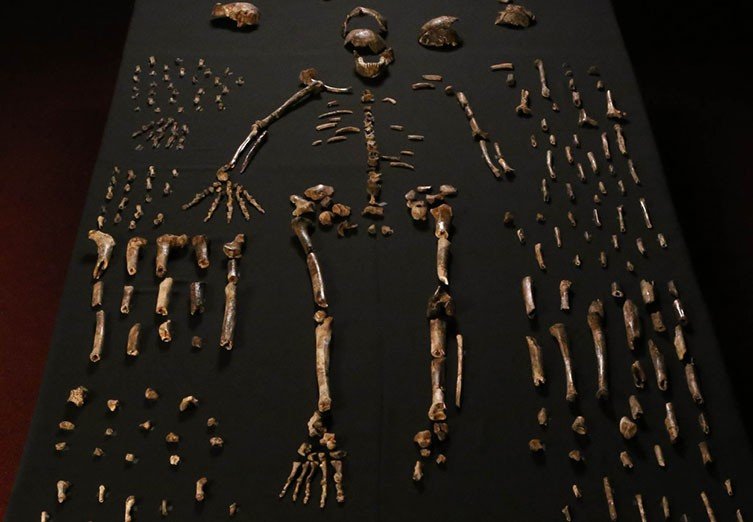
More homo naledi discoveries continue to be made in the Rising Star cave, including most recently in November 2021 the tiny skull of a homo naledi child that has been named “Letimela”. Scientists in South Africa believe that this latest find adds further credence to their hypothesis that homo naledi carried out burial rituals. Intriguingly only Letimela's skull was found in the cave and there seems to be no evidence of this child being attacked or eaten by animals...
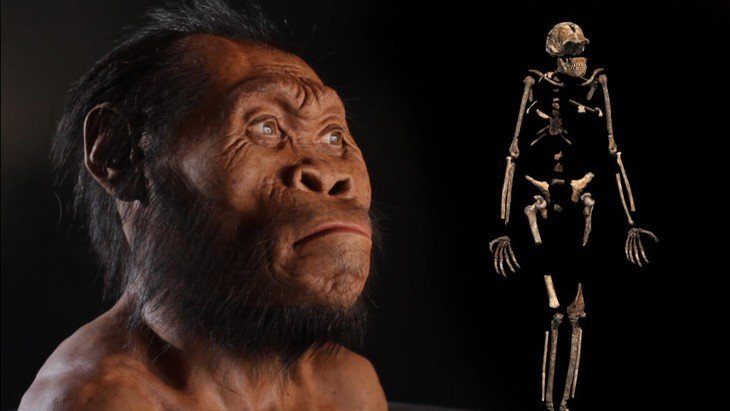


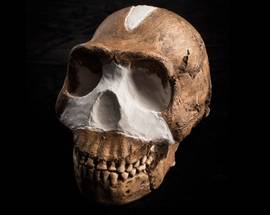
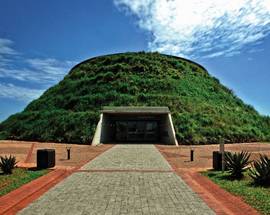
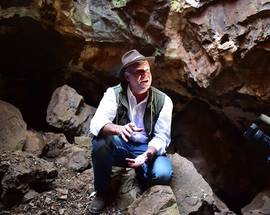


Comments